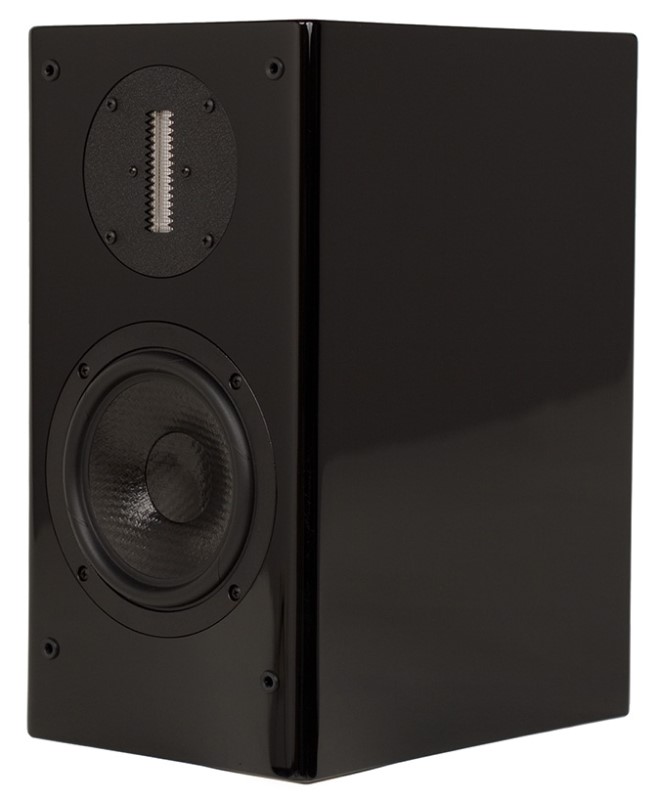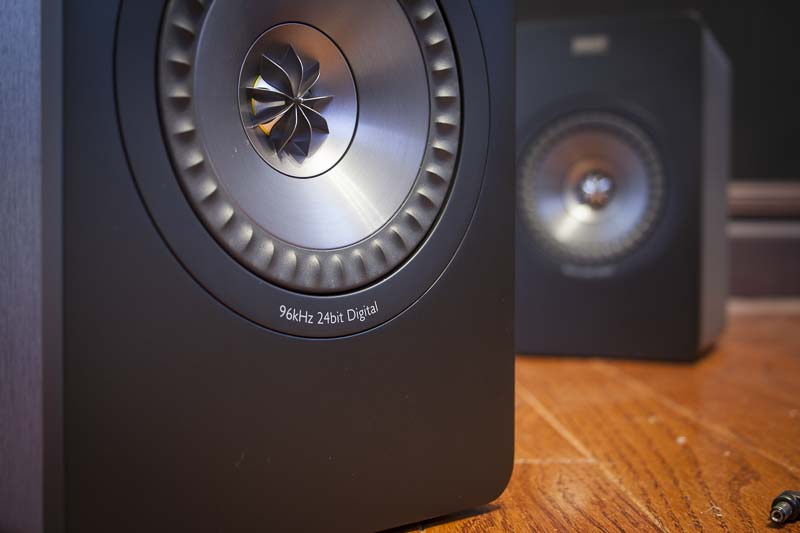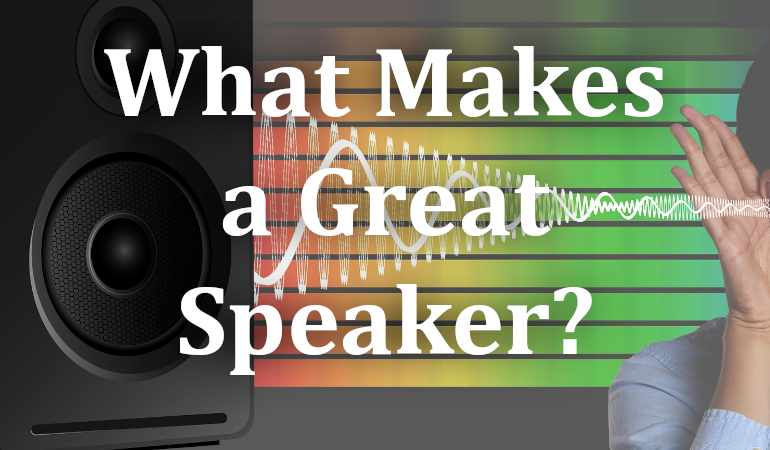What Makes a Great Speaker?
It’s time to get hypothetical around here. Often we are asked for recommendations for the “best” speakers. Of course, there is no real definition of what is “best” when it comes to a speaker. In fact, if you want to get permabanned from any home theater forum, post that you have the “best” speakers and watch the chaos ensue. Hypothetically, however, what do we look for in a great speaker that might make it “the best.” More importantly, what do these things sound like? Let’s discuss!
Author’s Note: Your room is a huge factor here. If you are doing these tests in your home theater or other room, the room will affect how you experience each of these. Generally, you’d want to test a speaker in a well-treated (preferably anechoic) room or outside. If you are going to do them inside, be warned that the room is having an effect. To test that, move the speaker around and run any test again. The speaker should sound the same if the room wasn’t having an effect. If the speaker sounds different, the room is causing that.
Flat Frequency Response
Most audio professionals will agree that generally having a flat frequency response is a desirable quality in a speaker. What this means is that the speaker recreates every note at the volume requested. Some speakers do not have flat frequency responses by design. If you read about a speaker with a “ton of bass,” this usually means that it plays back the lower frequencies louder than it should. Manufacturers sometimes design speakers this way so because they think it sounds the best, or they think that you’ll think it sounds the best.


The reason we want a flat frequency response is because it takes the speaker out of the equation. A speaker with a flat response doesn’t have a “sound.” Any problems or sonic issues you hear you can be confident are not because of the speaker. It might be the source material, your room, or something else. But it isn’t the speaker.
It is key to note that measuring a flat response is not enough. A great speaker will continue to have a flat response even when you increase the volume. A speaker shouldn’t distort or have the frequency response change as you increase the volume.
What Does a Flat Frequency Response Sound Like?
What you would hear if you played a sweep through the speaker is that the volume would stay the same throughout the sweep. Just remember that higher frequencies sound perceptually louder than lower ones. So it may sound like the sweep is getting progressively louder as the sweep goes from bass to the treble.
Off-Axis Response
We’ve talked about off-axis response before. In general, it is how the speaker sounds when you sitting off to the side. Many would argue that a wide dispersion, or good off-axis response, is an important factor in making a great speaker. We generally agree. But there are many speakers, true electrostatic speakers notably, that have terrible off-axis response. If you are not sitting on-axis with them, you will not have a good sonic experience. But if you are, the experience can be amazing.

For most people, they want their speakers to have good off-axis response. This allows more than one person to have a good sonic experience. For most speakers, we really only care about the side-to-side off-axis response. Since your floor and ceiling is unlikely to have room treatments, having a narrow vertical dispersion isn’t a problem. Except, of course, with center speakers.
What is good off-axis response? We say that a speaker has good off-axis response when the tone and timbre of the speaker does not change as you move to the side of the speaker. The farther you can move, the better the off-axis response. This is why in professional reviews of speakers, you’ll see measurements on-axis, 15° off-axis, and 30° off-axis. They want to show how the speaker changes as you sit off-axis from the front of the speaker.
What Does Good Off-Axis Response Sound Like?
It sounds exactly like what you heard during the flat frequency response test. Just from different seated positions.
Extension
Extension is probably one of the easier aspects of a great speaker to test. This is the speaker’s ability to playback all the frequencies you need. For most speakers, this is between 20kHz (the highest frequency humans can hear) down to wherever you plan on crossing over your speakers into your subwoofers (usually around 80Hz). You can usually see this on a graph, but you can also hear it when playing a sweep.

It is important to note that, as we age, our hearing deteriorates. We lose some of our ability to hear the highest frequencies, and we often have hearing damage from misuse. Have you ever left a concert with your ears ringing? You lost some of your hearing that day. This is why we use measurement microphones and not our ears to test speakers. We can’t know if what we are hearing is the speaker or our ears.
What Does a Good Extension Sound Like?
Don’t be surprised if you can’t hear anything above 15khz. Also, higher sounds sound perceptually louder than lower frequencies. What you are really listening for here is just that all the notes are represented. We don’t care as much about volume as we tested for that with the frequency response.
No Distortion
Distortion is when the speaker makes a sound that it shouldn’t. There are lots of reasons that this might happen, some of which have nothing to do with the speaker. But when we are looking for great speakers, we want no distortion.

Possible reasons for distortion include driver breakup, poor crossover design, and poor power handling. In all of these cases, the speaker will make sounds that are different from what was in the original material it was asked to recreate. It may sound like a buzz, rattle, chuffing, or clanging.
What Does a Distortion Sound Like?
As mentioned, there are many sounds distortion might introduce. The way to test for this is to turn up the volume. The speaker should just get louder, not start to sound weird. You’ll want to ensure you are pairing the speaker with an amplifier that has enough power (or that you are sitting nice and close). If you are testing your speakers at home, turn them up as loud as you’d ever want. If you don’t hear distortion, then you are fine. They may distort at higher volumes, but that doesn’t matter. As long as they don’t distort at the loudest volume you can tolerate, they are great speakers for you and your room.
Transient Response
Transient response is how fast the drivers stop. The best speakers can stop their drivers very quickly. Speakers with poor transient responses often are described as muddy or smeary. One note will carry over into the next. This will affect just about every aspect of sound reproduction.

What Does a Good Transient Response Sound Like?
The easiest way to listen for good transient response is to listen for the instruments in the background. If a speaker has poor transient response it will be harder to hear the bass guitar or some of the other background instruments over the lead guitar and singer. The deeper you can hear into a well-recorded track, the better the transient response.
Wrap Up
There are going to be people that want to add or subtract from our list. You may have a speaker that fails on one or more of these metrics but still sounds great to you. If so, that’s fantastic! We’re not here to tell you that you have a bad speaker. Enjoy what you love! There is no unified and agreed-upon metric for determining a “great” speaker. This is simply what we look for.


